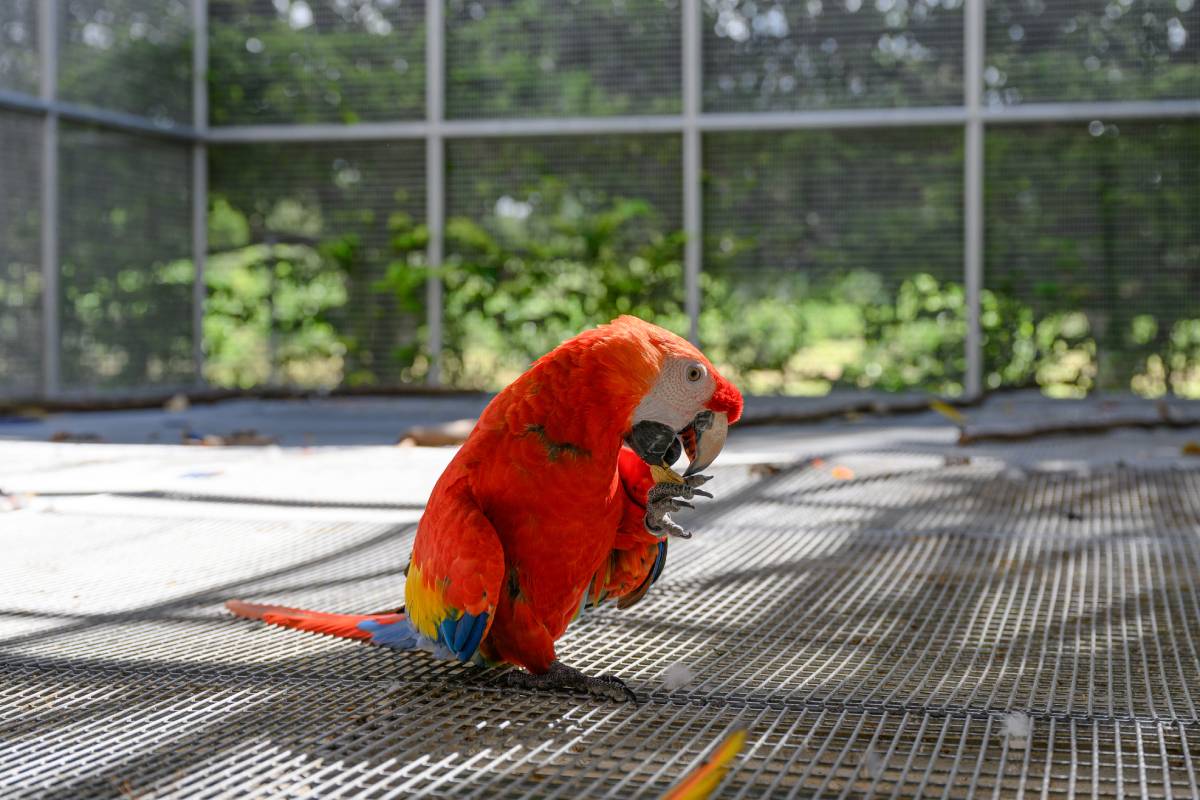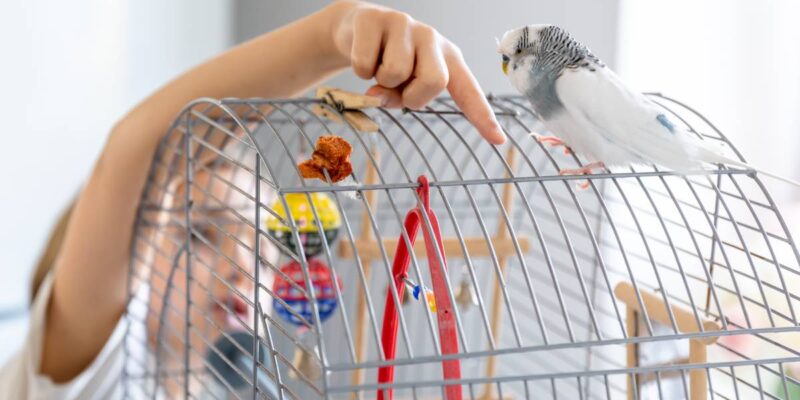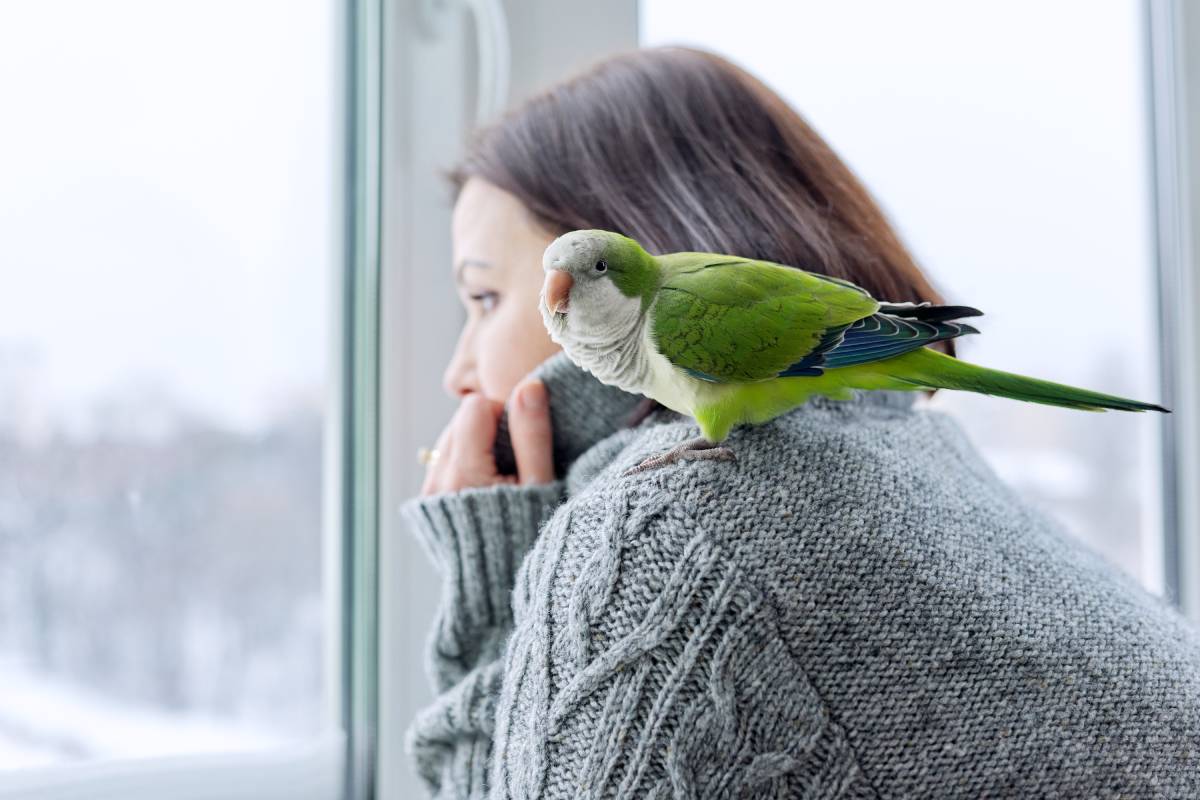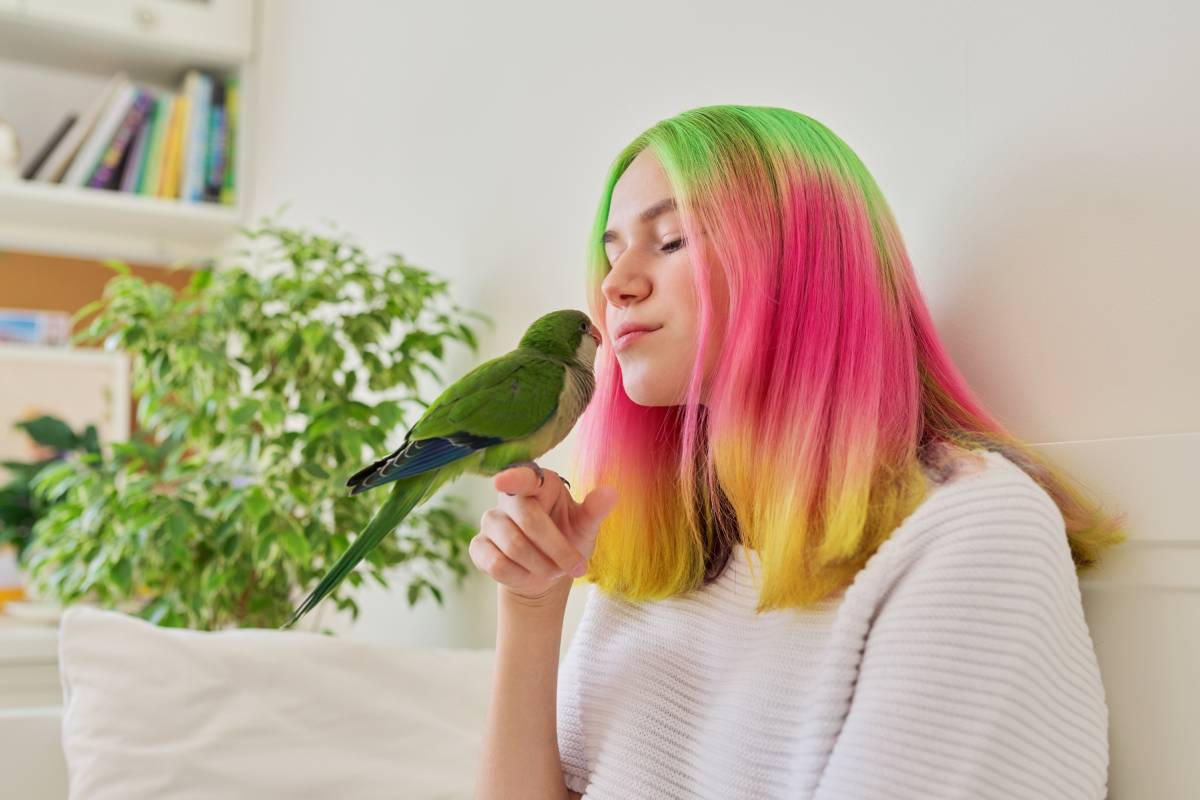Having a pet bird is fun and brings happiness. But birds are different from cats or dogs. They need to go to the bathroom often and have special habits. This means house training a bird is not the same as other pets.
In this article, you will learn how to help your bird be cleaner and safer at home. You will also find tips on how to be close to your bird and how to get ready if you move to a new house. With patience and care, you can make your bird happy and healthy.
How to House Train and Care for Your Pet Bird

Having a pet bird is fun and rewarding. But many people wonder: Can you house train a bird like a cat or dog? The answer is a bit different because birds have special habits.
In this article, we will explain how you can train your bird to be cleaner and safer at home, how to bond with your bird, and how to prepare if you move to a new house.
Can Birds Be House Trained?
Birds are not like cats or dogs that use a litter box or a specific bathroom spot. Birds need to relieve themselves often about every 10 to 15 minutes because they digest food quickly.
Expecting them to hold it for a long time is not realistic. However, you can train your bird to use a specific area, like a perch or tray, and even teach it to signal when it needs to go. This training takes time, patience, and gentle guidance.
Understanding Bird Bathroom Habits
Birds naturally “go” often throughout the day. This means they will make messes frequently. But by watching your bird’s routine, you can predict when it usually needs to go and help it learn to go in a specific place.
Training Your Bird to Use a Perch or Tray
Some pet owners use a special perch or tray lined with newspaper or a pad. When you notice your pet is about to go, gently place it on the perch or tray.
When your pet goes there, give it a treat and praise. Repeating this many times helps your pet understand where it should go.
Teaching Your Bird to Signal Bathroom Needs
With more advanced training, some birds can learn to signal they need to go. For example, they might tap a bell or do a simple gesture. This kind of training depends on the bird’s species and personality and requires extra patience.
Managing Mess and Keeping Your Home Clean
Even with training, birds will still make messes. They produce droppings often, and feathers, food crumbs, and dust can spread around the cage and room.
To keep your home clean:
- Clean your bird’s cage every day.
- Use protective mats or newspapers under the cage.
- Vacuum and wipe surfaces often.
Allergies and Pet Birds
Birds have feathers, dust, and tiny skin flakes called dander. These can cause allergies in some people. Allergies might make you sneeze, cough, have itchy eyes, or get skin irritation.
If you or someone in your home has allergies, try these tips:
- Keep your bird’s cage and area clean to reduce dust and dander.
- Use an air purifier to remove dust from the air.
- Always wash your hands after touching the bird or cleaning its cage.
- Don’t let the bird go into bedrooms or places where allergic people spend a lot of time.
Safety Training and Cage Training
House training also means teaching your bird to stay safe indoors. You can train your bird to come to you when called or return to its cage on command. Use gentle words and treats to encourage good behavior.
How to Bond with Your Pet Bird
Bonding with your bird is important for a happy relationship. Birds are social animals and enjoy spending time with their owners, especially intelligent species like parrots.
Spend Quality Time Together
Talk softly, whistle, or sing to your bird every day. Sit near their cage and gently encourage them to come out and explore. The more time you spend with your bird, the more it will trust and love you.
Learn Your Bird’s Body Language
Birds communicate using their body. Watch how your pet shows feelings. For example:
A happy pet might fluff its feathers and preen.
An anxious pet might hiss or flatten its feathers.
By understanding these signs, you can respond calmly and kindly to your pet’s needs.
Use Positive Reinforcement
Reward your pet with treats and praise when it behaves well or learns something new. This helps your pet feel safe and encourages good behavior.
Teach Simple Commands
Teach your pet simple commands like “step up” or “come here.” Keep training sessions short and fun to keep your pet interested.
Provide Toys and Enrichment
Birds need mental and physical exercise to stay happy. Offer a variety of toys, swings, and puzzles. These keep your bird entertained and reduce boredom and destructive habits.
Respect Your Bird’s Personality
Each bird is unique. Some are shy and need slow, gentle care. Others are curious and outgoing. Respect their personalities and limits to build trust and a strong bond.
Moving with Your Pet Bird: What You Need to Know
Moving to a new home can be stressful for birds. They depend on routine and familiar surroundings to feel safe. Changes like new sounds, smells, and sights can make them anxious.
Why Moving Is Stressful for Birds
Birds like routine. New places can cause stress because everything feels unfamiliar. This can affect their eating, sleeping, and behavior.
Signs Your Bird Is Stressed
Watch for these signs of stress:
- Loss of appetite
- Excessive noise or vocalizing
- Feather plucking
- Aggression
- Being quiet or hiding more than usual
Preparing for the Move
Before moving:
- Take your bird to the vet for a health check.
- Pack your bird’s favorite toys, perches, and bedding.
- Keep feeding and cleaning routines the same.
- Let your bird get used to the travel carrier.
- Keep the carrier quiet and covered during transport.
Settling In After the Move
Once at the new home:
- Place the cage in a quiet, safe spot.
- Arrange familiar items inside the cage.
- Give your bird time to adjust patiently.
- Watch your bird’s health and consult a vet if needed.
Final Thoughts
While pet birds can’t be fully house trained like dogs or cats, you can teach them to be cleaner and safer with patience and care. Building a strong bond takes time and positive interaction.
Moving can be hard for birds, but with good preparation, you can help your feathered friend adjust well. Taking care of your bird’s needs and understanding its behavior will lead to a happy and healthy life together.






















